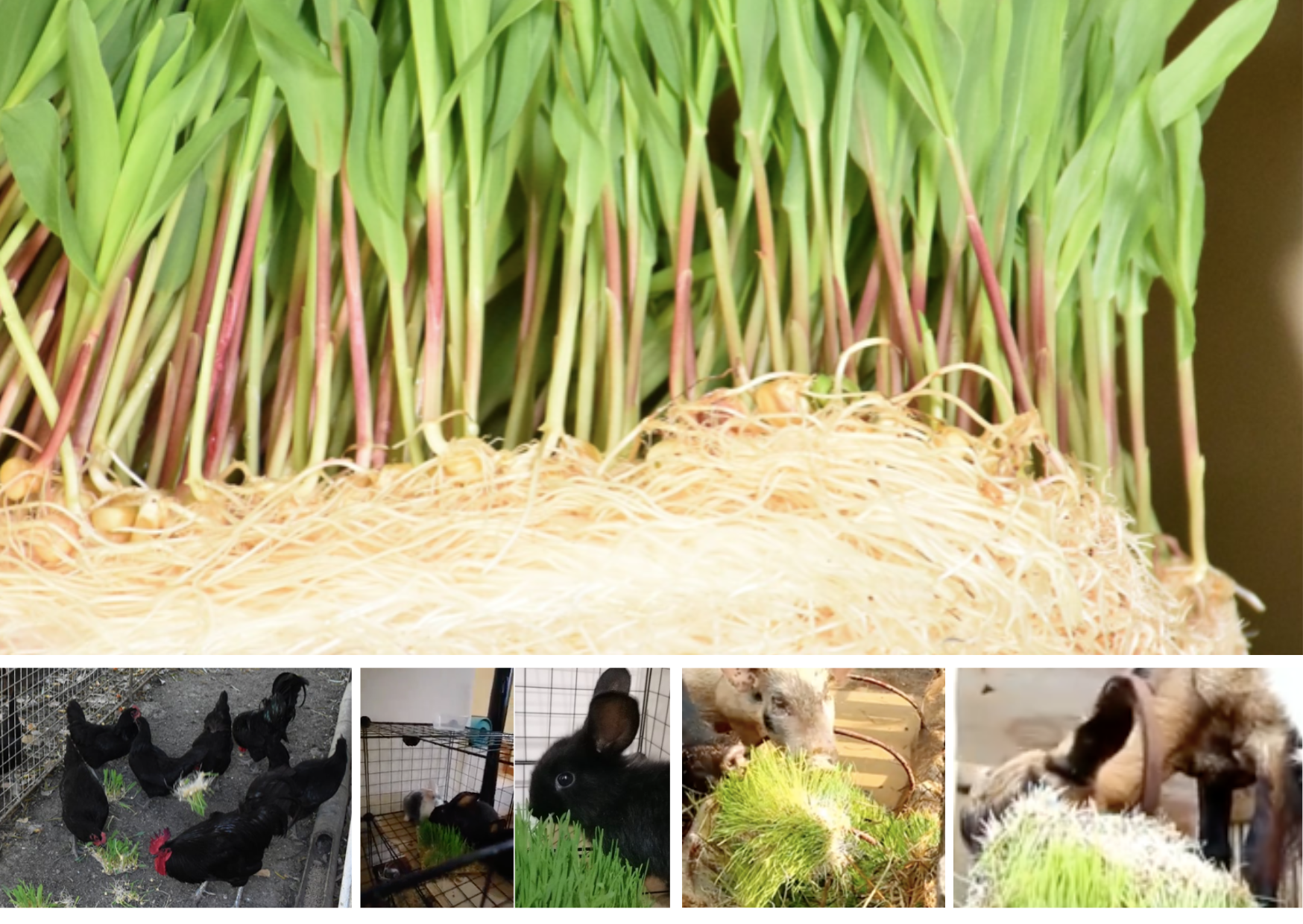
With the disruption in export flows due to the Russia-Ukraine war resulting in world food prices hitting an all-time high in the first quarter of the year, the Department of Agriculture (DA) is promoting hydroponic fodder system, a technology that will allow farmers to grow and harvest feedstuff in a week.
“In this trying time, more than ever, we need to galvanize the scientific community to produce the technologies that will help our farmers save on cost without compromising the quality of their produce,” said agriculture secretary William Dar.
“This ‘feednovation’ study conducted by the International Training Center on Pig Husbandry (ITCPH) of the DA-Agricultural Training Institute (ATI) involves a hydroponic fodder system that is both cost-effective and sustainable for livestock and poultry feed production,” said Dar.
Dr. Ruth Miclat-Sonaco, DA- ITCPH chief and National Livestock Program (NLP) program director said that the study was conducted in a search for viable solutions to lower the cost of feeds since feeds comprises 70-80 percent of the cost of producing pigs.
“Through hydroponics, we will be able to produce locally-sourced fodder crops such as corn and legumes as ration for pigs in seven days. Fodder hydroponics is also seen as an answer to those who want to engage into animal production but have limited area to plant fodder. This means economic use of land while being able to lower the feed cost of livestock,” Sonaco added.
She explained that the system requires a temperature and humidity controlled growing room, designed to sprout grains. The selected grains are put into trays without soil and sprayed with water solution at predetermined intervals.
“There is no electricity usage whatsoever. After only seven days, the fodder is removed from the tray and can be fed to the animal. Since the animal eats practically everything, there will be no wastage making it cost-effective and sustainable,” she added.
Results of the ATI-ITCPH showed that a third of the feed requirements for starter pigs may be replaced with hydroponic fodder without negative effect on the growth. Feed cost was also relatively lower when hydroponic fodder was supplemented to the pigs.
Sonaco also added that in comparing the feed cost, supplementing hydroponic fodder at the rate of 1/3 of the total consumption is still cheaper as compared to that of 100 percent conventional feeds, which is P444.96 versus P590.00.
ATI-ITCPH is offering a three-day training that emphasizes this technique as feed alternative for pigs and poultry.
“I commend ITCPH for conducting this initiative, which proved to be successful as this study that they have initially conducted at the Center has been reaping benefits to its farmer-beneficiaries,” the agri chief said.
“We welcome this kind of initiative. Now more than ever, because with all the global economic challenges brought by Covid-19 pandemic, compounded with the Russia-Ukraine crisis, we need to cushion the effects of these crises and elevate our game, he added.
The UN Food and Agriculture Organization (FAO) reported that with the ongoing crisis in Ukraine, it has resulted in a 17.1 percent rise in the price of grains, including wheat, corn, barley and oats. Approximately 30 percent and 20 percent of global wheat and corn exports come from Russia and Ukraine, respectively. ### (Rita T. dela Cruz)













